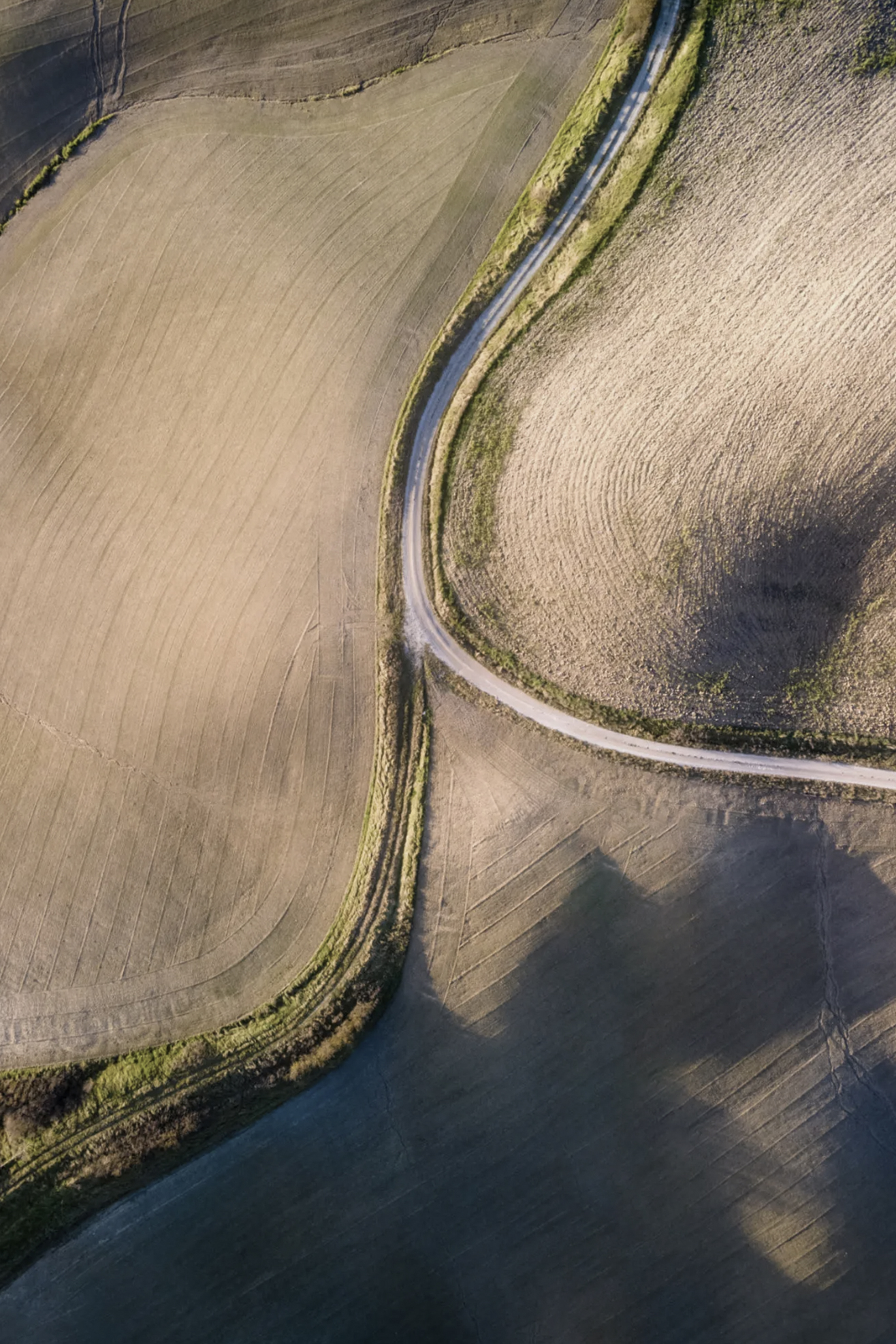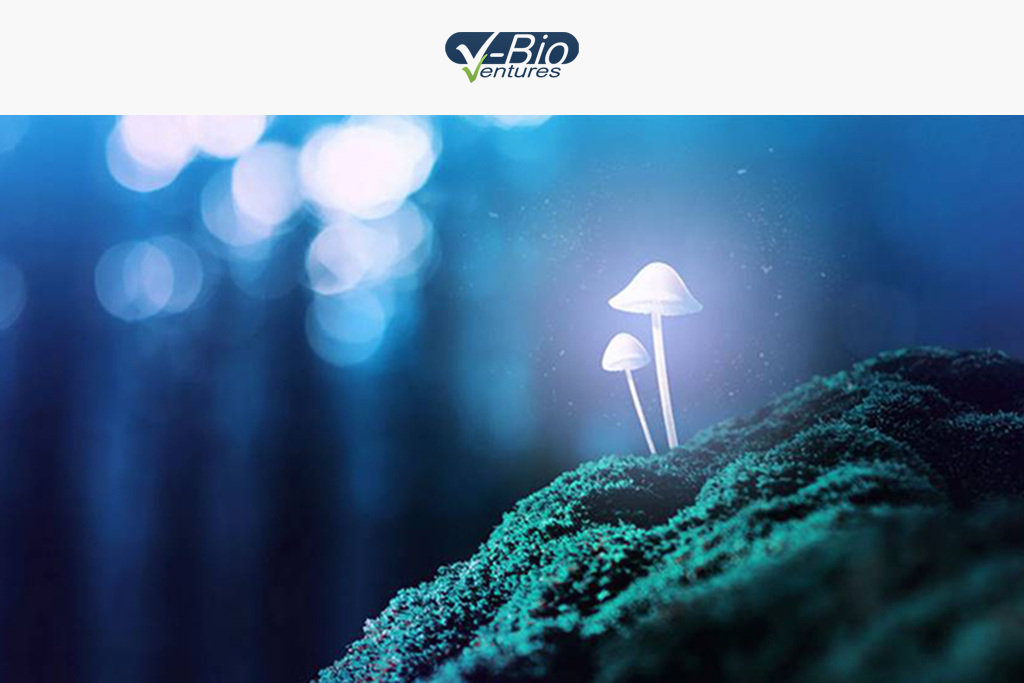

This article was authored by Katja Rosenkranz from V-Bio Ventures.
More than 75 years after the initial discovery of lysergic acid diethylamide (LSD), psilocybin and other natural psychoactive drugs, and their initial exploitation by the western pharma industry, these substances have seen a recent revival in clinical research. Although banned in the notorious “War on Drugs” initiated by US President Nixon, the potential medicinal applications of these substances are finally being explored again, particularly for treating depressive disorders and other mental diseases. This article aims to shed light on a topic we highlighted before in this series – anti-science in biotech – to illustrate the consequences of research being abandoned, as well as the opportunities and additional challenges to making these substances finally available for patients in need.
According to the latest OECD report on European Health, the total costs of mental ill-health are estimated at more than 4% of the GDP of the 28 EU countries, over 600 billion EUR. According to the World Bank Group (WBG) and World Health Organization (WHO), mental disorders account for 30% of the non-fatal disease burden worldwide and 10% of overall disease burden, including death and disability with global cost expected to rise to $6 trillion by 2030.
In the last decade, pharmaceutical companies have been very reluctant to develop new drugs for depression and other mental illnesses, due to notorious failures in the development of new anti-depressants and other treatments. Maybe it’s the lack of effective medicines, combined with the overwhelming need for new treatment options, that has finally lifted the ban on research into some potent yet safe substances: LSD, psilocybin and their derivatives.
LSD and psilocybin are both derived from fungi; LSD is produced by ergot (a plant parasite) and psilocybin by over 200 species of so-called “magic mushrooms”. Their mind-altering effects, which include euphoria, hallucinations and changes in perception, are caused at least partially by alterations in the serotonin system.
Both substances were first isolated and synthesized by the Swiss scientist Albert Hofmann in the mid-1900s while he was employed at Sandoz Laboratories (now a subsidiary of Novartis). In the 1950s and 1960s, LSD was marketed and generously distributed by Sandoz under the name Delysid. The company also sold pure psilocybin to physicians and clinicians worldwide for use in psychedelic psychotherapy.
The “War on drugs” was … quite possibly a reaction to the counterculture movement that opposed the Vietnam War and supported civil rights.
Initial studies indicated that these substances had an astonishing effect on patients with depression, anxiety or addictive behaviors. However, experimentation wasn’t restricted to the scientists and clinicians; the drugs were also quickly embraced by the hippie and counterculture movement of the 1960s for their ability to promote “spiritual awakening” and sparking creativity. But research was shut down when President Richard Nixon launched his “War on Drugs”.
The War on Drugs
On June 18, 1971, Nixon declared that drug abuse was the USA’s “public enemy number one”. The “War on drugs” campaign (actually the Controlled Substance Act (CSA)), was officially initiated due to skyrocketing numbers of drug use, abuse and overdosing. However, it was also quite possibly a reaction to the counterculture movement that opposed the Vietnam War and supported civil rights.
This campaign is still ongoing, even though the results have been far from successful. Despite enormous spending, the CSA has largely failed to reduce drug abuse, instead resulting in thriving black markets for illegal drugs, mass imprisonment for non-violent crimes (the US has the world’s highest incarceration rate) and the opioid crisis.
This includes imprisonment for using psychedelics like LSD and psilocybin, which are both classified as Schedule I drugs by the United States Drug Enforcement Administration (DEA). In the five-tier drug scheduling system, Schedule I drugs are substances that have a high potential for abuse and addiction and currently have no accepted medical use. Although scientific research on Schedule I drugs is not completely banned under the CSA, the legal restrictions combined with public perception has severely limited psychedelic research in the past four decades.
The Schedule I classification has remained since the 1970s, despite the fact that many experts agree that neither LSD nor psilocybin are addictive (ironically, they might actually have the opposite effect, as seen in pilot studies with patients with alcohol abuse). In fact, the drugs are difficult to abuse as they do not produce psychoactive effects when used in succession. In addition, they also seem to be astonishingly safe. As Matthew Johnson, an associate professor of psychiatry and behavioral sciences at Johns Hopkins University, who studies psychedelics put it:
“There’s no dose with observable organ damage or neurotoxicity. That’s pretty freakish. You´d be hard-pressed to find anything sold over-the-counter that you could say this about, including caffeine and aspirin.”
That being said, psychedelic drugs like psilocybin do have the potential to exacerbate psychiatric illnesses like schizophrenia in a small percentage of the population. Further research still needs to be done to identify good and bad candidates for psychedelic therapy.
Mushrooms as medicine
Despite the chilling effect of the “War on drugs”, tentative studies have recently started emerging, focused on potential medical applications for psychedelics. With the desperate surge in need for new treatments, there seems to be a new openness to explore these “old” psychoactive substances (and non-hallucinogenic derivatives such Bol-148) in a more rigorous scientific manner. Indications under consideration include severe depression, PTSD, alcohol addiction and cluster (alias “suicide”) headaches. This research gives new hope to patients who have been illegally self-medicating for decades by growing their own magic mushrooms.
The lack of effective medicines, combined with the overwhelming need for new treatment options, has finally lifted the ban on research into some potent yet safe substances: LSD, psilocybin and their derivatives.
In addition to increased academic activities, renewed interest in the field has also resulted in the appearance of private investors and new VC funds. Investors like Silicon Valley billionaire Peter Thiel, Christian Angermaier (founder of ATAI Life Sciences) and Field Trip Ventures, supporting start-up companies dedicated to developing psychedelic-based therapies.
But despite this renewed interest, a lot of challenges still remain. On the one hand, these drugs are – at least in the US – still classified as Schedule I: even if the FDA evaluates them positively, the final decision to re-classify them and make them available as a therapy lies with the DEA. Additionally, it will be very difficult to find pharmaceutical companies willing to market them. Not only are these psychedelics often very complex, and therefore costly to produce, but they are also natural substances. The drugs have been widely used and tested, making any attempt to get a decent patent protection – key for having a relevant duration of market exclusivity – more or less a futile endeavor.
Finally, these drugs come with their own challenges. The mechanism of action is still not fully understood; often just one treatment is sufficient to elicit a long-term benefit, but significant variations between patients would require individual treatment schedules and pricing schemes. In addition, clinical trials and treatment of patients with psychedelic therapies are further complicated as the efficacy of the therapy does not only depend on the compound itself but also on what is called the “Set and Setting” (the context of the psychedelic experience), thereby very much complicating the performance of placebo controlled trials.
Despite all the enthusiasm and strong advocacy, far more research needs to be performed before the safety and efficacy of drugs like LSD and psilocybin can be established. However, considering the possible benefits of these substances, further research absolutely seems warranted. We need to step away from a historic bias against the “hippy drugs” of the 1960s and make sure that potentially valuable drugs are not being neglected just because they just don´t fit into our current point of view.
